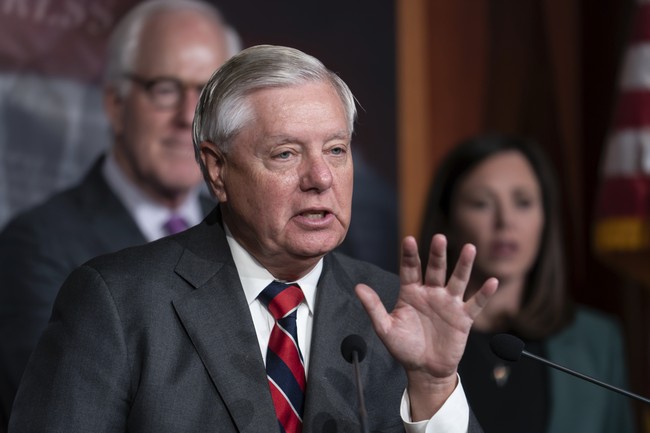Economic Dynamics in Saudi Arabia Unveiled
Explore the recent shifts in Saudi Arabia's economy, where inflation peaks and the stock market shows varied performance. Discover what drives these changes and their broader implications.
Published November 16, 2024 - 00:11am

Image recovered from siasat.com
In recent developments, Saudi Arabia's economic landscape has been characterized by significant movements in both the stock market and inflation rates. These shifts are reflective of the broader economic dynamics within the Kingdom, influenced by various factors ranging from housing prices to stock market fluctuations.
The Tadawul All Share Index (TASI), Saudi Arabia's benchmark stock index, concluded its recent trading session on a downtrend, closing at 11,791.18 points—a decrease of 1.17 percent. This decline was mirrored in the MSCI Tadawul 30 Index, which dropped by 1.28 percent. The trading volume for the session was recorded at SR11.10 billion, indicating a robust activity despite the downturn. Notably, while the main indices faced declines, the parallel market Nomu witnessed a rise, closing at 29,467.71 points, up by 0.90 percent.
Amid these market dynamics, specific stocks showed contrasting performances. For instance, Saudi Cable Co. emerged as a standout performer, with its shares surging by 5.10 percent. Similarly, Shatirah House Restaurant Co. and Arabian Mills for Food Products Co. posted appreciable gains. Conversely, Saudi Real Estate Co. faced the brunt of the sell-off, with its stocks declining sharply. The market's dual narrative of gainers and decliners reflects investor sentiment and sector-specific influences at play.
Parallel to stock market developments, Saudi Arabia has been grappling with rising inflation, which reached 1.9 percent in October 2024—the highest in 14 months. This uptick has been driven primarily by escalating housing costs, with rents witnessing an increase of 11.6 percent. This price surge has exerted a significant influence on the Consumer Price Index (CPI), which measures consumer prices across a basket of goods and services.
The housing sector's influence on inflation is substantial, given its 25.5 percent weight in the CPI. Moreover, rising construction costs, along with a robust demand for housing due to population growth and an influx of expatriates, have been key factors propelling housing prices upward. Additionally, expenses in other categories such as water, electricity, and gas have also seen an appreciable increase, contributing to the overall inflationary trend.
Food and beverage prices have also recorded changes, albeit minor, with a notable increase in vegetable prices. Meanwhile, other sectors such as education and personal goods have experienced price hikes, highlighting a broad-based inflationary environment. However, certain segments like home furnishings, clothing, and transportation have reported price declines, offering some reprieve.
These economic indicators provide a mixed picture of Saudi Arabia's economic health. On one hand, the inflationary pressures underscore challenges in maintaining purchasing power and cost-of-living adjustments for residents. On the other hand, the stock market's vibrancy, despite its fluctuations, signals underlying investor confidence and active market participation.
As Saudi Arabia continues to navigate these economic currents, the interplay between housing market dynamics, consumer prices, and stock market performance will remain critical. Policymakers are likely to keep a close watch on these developments, aiming to ensure economic stability while fostering growth in key sectors. For investors and consumers alike, these reports serve as a crucial barometer of economic conditions, influencing investment and spending decisions.








